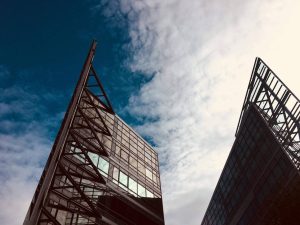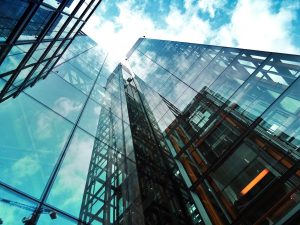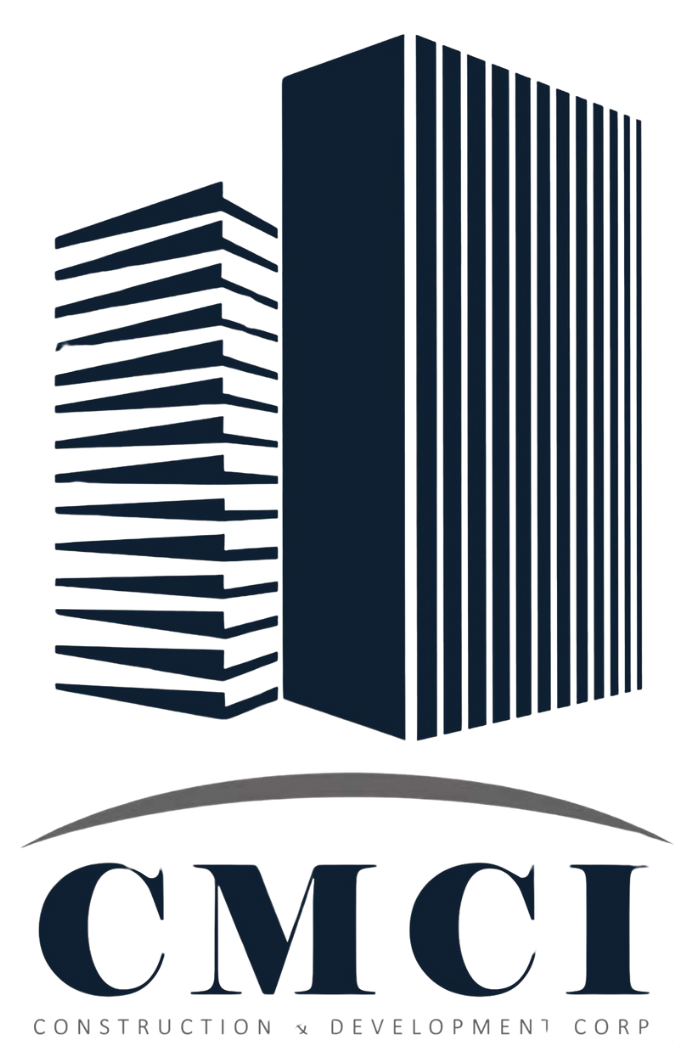- Home
- / Blog

As Millennials continue to dominate the workforce, their preferences and values are reshaping the way offices are designed. Known for their tech-savvy nature, emphasis on work-life balance, and desire for meaningful work environments, Millennials are driving significant changes in office design. Here’s how this dynamic generation is influencing the future of workspaces.
1. Emphasis on Flexibility
Millennials value flexibility both in their work hours and in their work environment. This has led to a rise in adaptable office designs that support a variety of work styles and preferences.
Trends:
- Open Floor Plans: These encourage collaboration and communication, aligning with Millennials’ preference for teamwork and transparency.
- Multi-Use Spaces: Offices now feature areas that can be easily reconfigured for different activities, such as collaborative meetings, focused work, or relaxation.
Impact:
- Companies are incorporating modular furniture and movable partitions to allow for quick reconfiguration.
- Adjustable workstations and varied seating options are becoming standard to accommodate different working styles.
2. Integration of Technology
As digital natives, Millennials expect seamless integration of technology in their workspaces. This includes not only the latest gadgets but also high-speed connectivity and smart office solutions.
Trends:
- Smart Technology: From automated lighting and climate control to advanced video conferencing tools, smart technology enhances convenience and efficiency.
- High-Tech Amenities: Offices are incorporating features like wireless charging stations, state-of-the-art AV equipment, and interactive whiteboards.
Impact:
- Technology is being embedded into the design of workspaces to facilitate better communication and collaboration.
- Offices are equipped with infrastructure to support remote work and virtual interactions, reflecting Millennials’ preference for flexibility.
3. Focus on Wellness and Sustainability
Millennials are more conscious than ever about their health and the environment. This concern is influencing office designs to prioritize wellness and sustainability.
Trends:
- Biophilic Design: Incorporating natural elements, such as indoor plants and natural light, helps create a calming environment and improves air quality.
- Sustainable Materials: Use of eco-friendly materials and energy-efficient systems aligns with Millennials’ values of environmental responsibility.
Impact:
- Offices are designed with features like green walls, energy-efficient lighting, and sustainable building materials.
- Wellness amenities, such as meditation rooms and fitness areas, are becoming common to promote a healthier work-life balance.
4. Personalization and Brand Identity
Millennials seek a connection between their work environment and their personal identity. They are drawn to workplaces that reflect their values and the company’s culture.
Trends:
- Customizable Workspaces: Employees are encouraged to personalize their workstations to reflect their individuality and preferences.
- Company Culture Spaces: Offices are designed to showcase company values and culture through art, branding, and collaborative spaces.
Impact:
- Office interiors are often branded with company colors, logos, and mission statements to create a sense of belonging.
- Flexible workspace options allow employees to create environments that suit their personal working style.
5. Collaborative and Creative Spaces
Millennials thrive in environments that foster creativity and collaboration. As a result, modern office designs emphasize spaces that encourage teamwork and innovation.
Trends:
- Collaboration Zones: These include open lounges, brainstorming areas, and informal meeting spaces designed to facilitate spontaneous interactions.
- Creative Breakout Areas: Spaces equipped with whiteboards, comfortable seating, and interactive tools support creative thinking and problem-solving.
Impact:
- Offices are designed with a variety of collaborative spaces that cater to different team activities and projects.
- Creative areas are incorporated to inspire innovation and provide a break from traditional workstations.
6. Work-Life Integration
Millennials are blurring the lines between work and personal life, leading to a demand for workspaces that support both aspects harmoniously.
Trends:
- On-Site Amenities: Features like cafeterias, lounges, and childcare facilities help employees manage their personal and professional lives more effectively.
- Flexible Workspaces: Options for remote work or hybrid work models cater to the need for a balance between in-office and home-based work.
Impact:
- Offices are becoming more than just places to work; they are evolving into spaces that support a holistic lifestyle.
- Companies are investing in amenities and policies that enhance employee satisfaction and work-life integration.
Tags :
Share :
Latest Post

Prepping for Your Design Build Construction Project

Maximize Work Area With These Commercial Space Solutions



